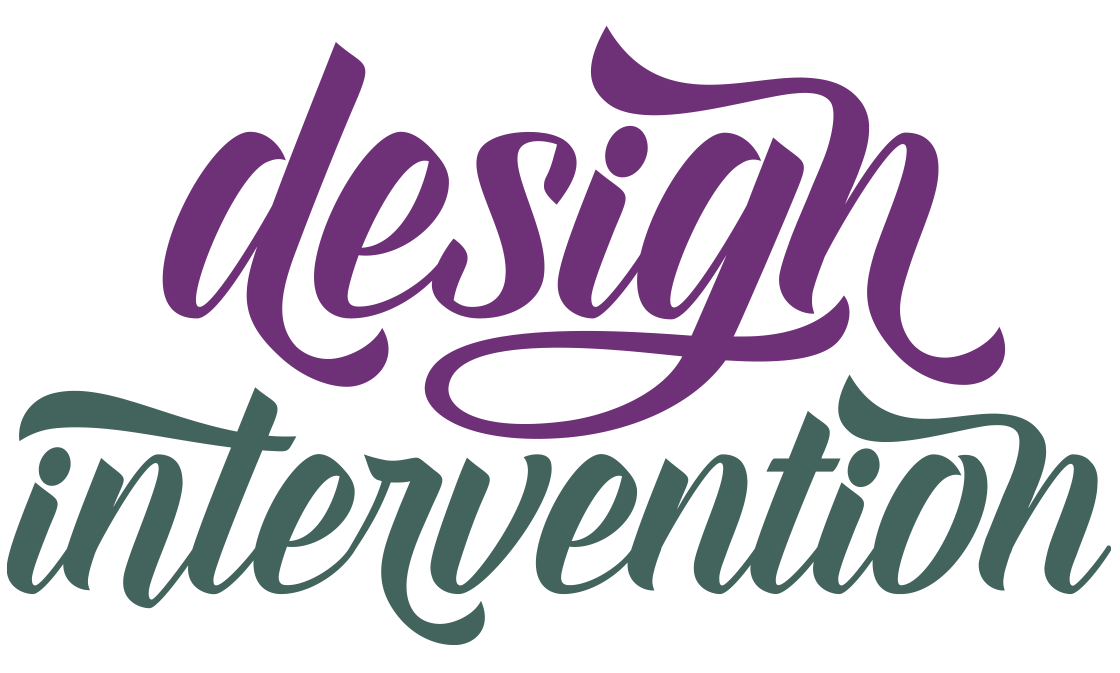7 Elements of Your Brand Messaging
Last month we started exploring one of the two elements of the Brand Identity level as described in Sarah Durham's book, Brandraising. The first being your Visual Identity. This includes your logo, colors, typography and other graphic elements. This post will explore the second element of the Identity level—the Brand Messaging, which is also called the written brand.
What is Brand Messaging?
By now you know that your brand is so much more than your logo. The work you have done at the Core level, starting with your Vision and Mission Statements, will support this phase. Sarah Durham outlines seven elements that exist in Brand Messaging. Keep in mind your brand may not need to develop all of them formally. It will depend on what kind of business or organization you are. Some are more obvious than others, but in reading the summary below, you should be able to determine which written and verbal communications make sense for you.
1. Name:
What is it? Your business or organization name and the name of its programs
Why is it important? This is the first connection a customer makes with your brand and must effectively communicate who you are
Tips for naming or changing the name:
Stay away from acronyms unless you have a large marketing budget like UPS (smaller businesses can't be easily identified by an acronym)
Stay away from jargon or confusing terms
Understand that you can't say everything in the business name, but you can use a supporting tagline to get your message across
2. Tagline:
What is it? A phrase typically fewer than eight words that communications your positioning
Why is it important? A slogan can add specificity and clarity to your business name to communicate your brand to your audience
Tips for developing a tagline:
Consider hiring a professional to help you (people who are too close to the business can find this task difficult)
Make sure it looks good when paired with the logo as this text will appear graphically at the top of a web page, etc., and will rarely appear in body copy
Make it unique. As a test, imagine how many of your competitors could use the same tagline. The fewer that could, the more valuable it will be
3. Vision, Mission, and Values Statements
What are they? Formally written and deeply explored documents developed in the Core Branding Level.
Why are they important? By crafting these documents in the beginning of the branding process, you set yourself up for a more successful and effective plan for reaching your intended audience and getting results.
Tips for crafting your statements:
Be sure to read this article and this one to help you craft these statements BEFORE developing your Messaging Platform.
4. Key Messages
What are they? Central ideas that are used to communicate your brand positioning and are worked into all written communications
Why are they important? They are the main ideas that establish your brand positioning in your audiences' mind
Tips for creating your Key Messages:
With your team or the help of a professional, discuss the essence of what your business is and does
Choose messages that are to the point and concise
Resist the urge to develop too many Key Messages—three to ten will be most effective
5. Boilerplate Copy
What is it? The standardized copy used to express your brand personality
Why is it important? It's a way to provide a brand overview in a few paragraphs that includes your key messages, paired with your mission statement
Tips for drafting your Boilerplate Copy:
Be sure to develop your Mission Statement
Finalize your Key Messages
Think about this as being the copy used on your about page or at the bottom of a press release
6. Elevator Pitch
What is it? A few sentences that summarize your business' positioning in general terms
Why is it important? Being able to express what your brand is about, in short, easy-to-digest sentences will allow for precise communication to those whom you engage with verbally and want to quickly and easily understand who you are
Tips for drafting your Elevator Pitch:
Keep it short—one to three sentences
Don't worry about fitting in all your Key Messages and Mission Statement
Boil it down the main ideas of your brand
7. The Lexicon
What is it? A list of definitions of words or jargon used in your industry
Why is it important? It will help you translate "industry-speak" into language that your intended audience will understand
Tips for drafting The Lexicon:
Ask your team to develop a list of terms that they see as problematic for customers and clients
Ask someone not related to the company (maybe an outside consultant) to suggest words that are more general
Think about these terms in their purest forms to help you craft the audience-centric language you need
In Conclusion
You may find you can develop some or most of your Brand Messaging yourself or with the help of your team. Others messages may be more difficult and will require the help of a writer or brand expert. Not everyone will need all of these elements. What is most important is that you understand the importance of clear and consistent written and verbal communication with your brand. Need some help? Let's chat!

